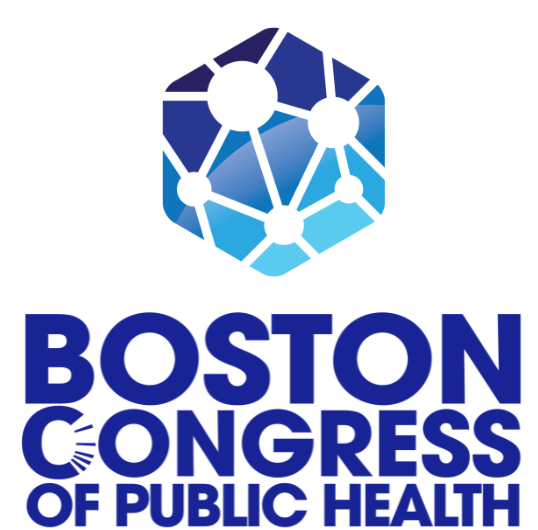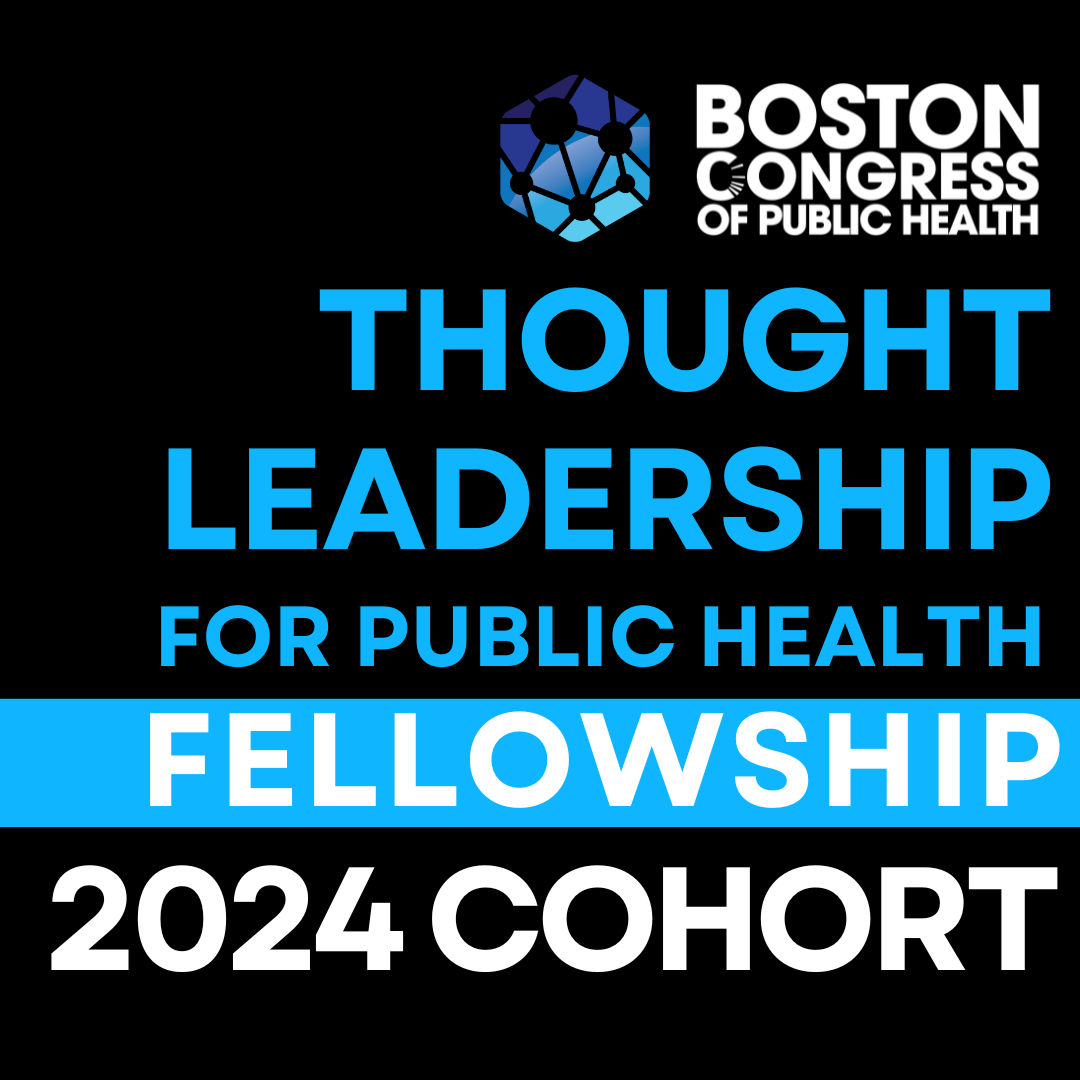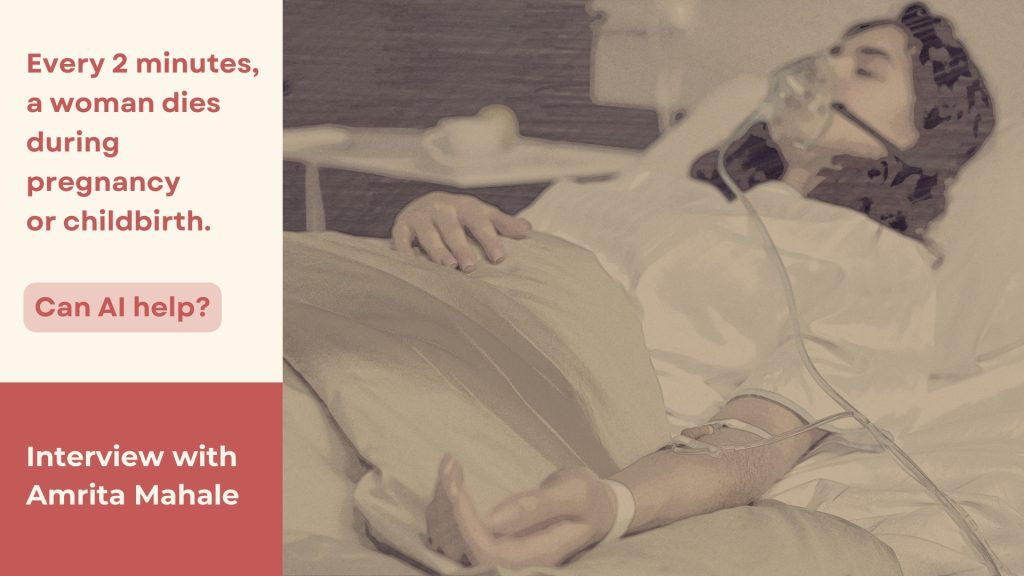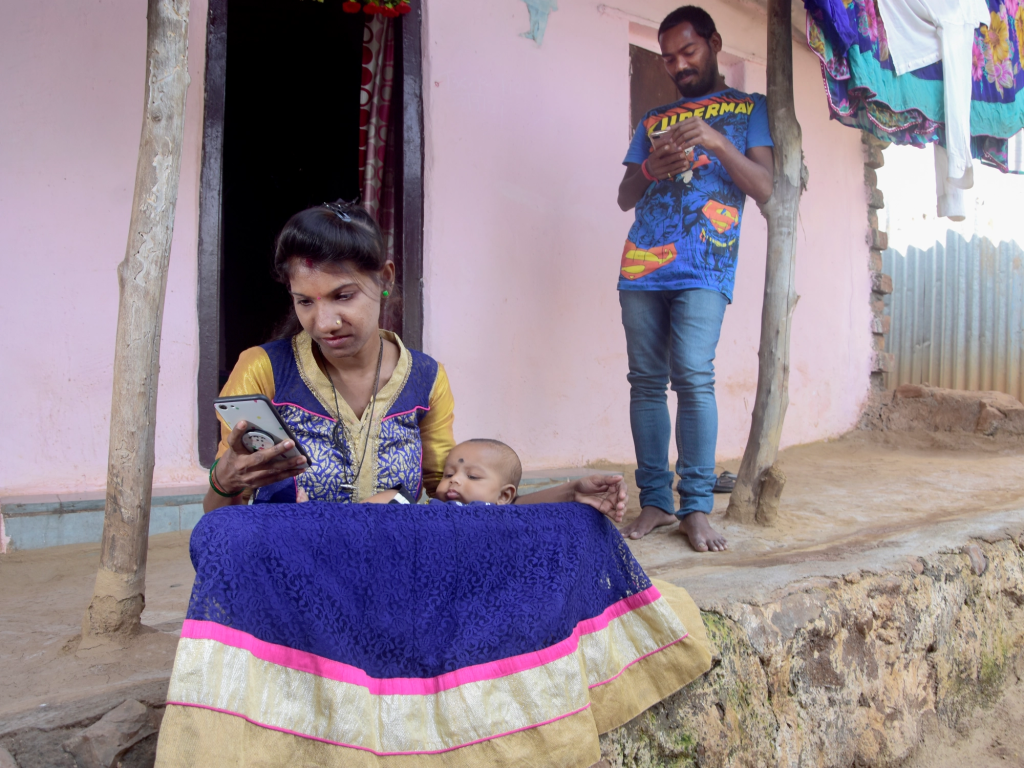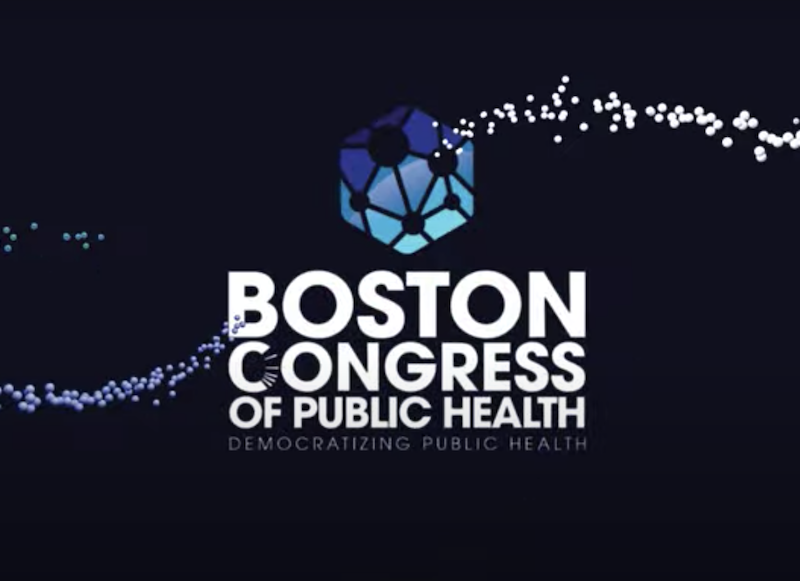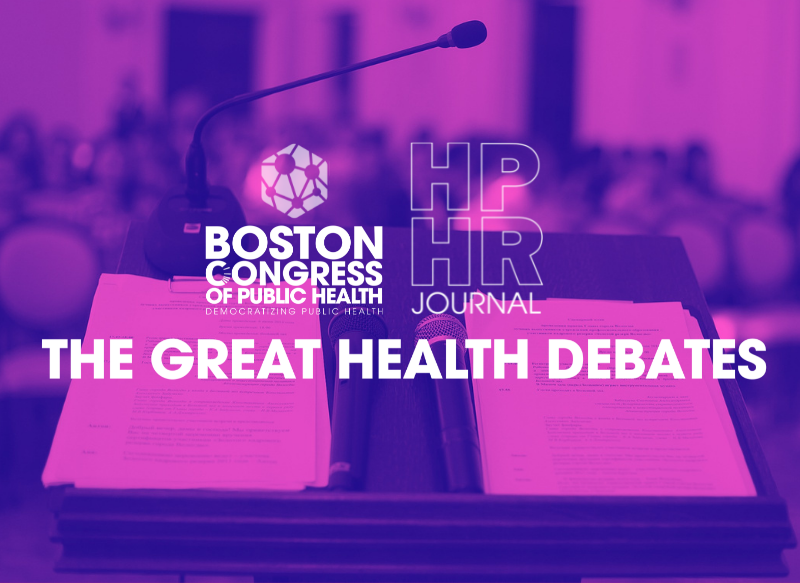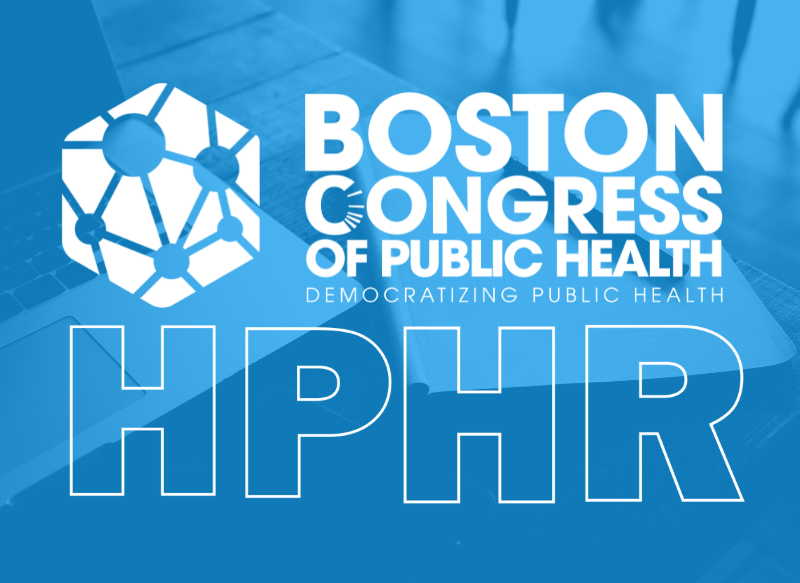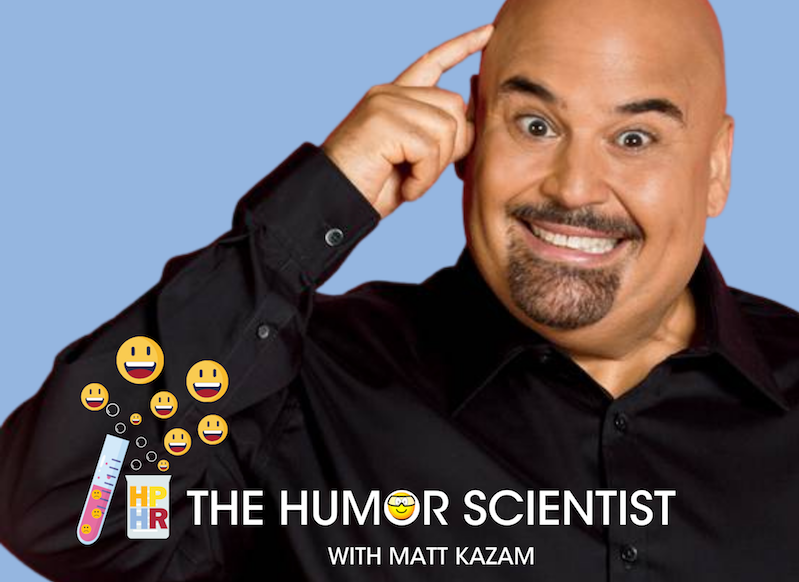ARMMAN has been using AI for several years now, starting with the mMitra program.
In mMitra, we observed dwindling engagement over time, which is common for mobile health programs globally. Some listen actively for a few weeks or months, but since the program goes on for 18 months, they stop listening for various reasons. We wanted them to listen to every message during the program because, say, if a pregnant woman drops out before the child is born, she will miss out on information related to immunization, exclusive breastfeeding, complementary feeding, etc.
We had some rules-based systems to avoid drop-offs. So, when a woman stopped listening, we would call her from our call center, but it would often be too late. And the bigger challenge is that we don’t have a large workforce. These resource constraints meant that we couldn’t call everyone who stopped listening. So, we wanted to identify and predict listenership patterns early on and strategically intervene to ensure higher success rates.
We realized that we have a lot of data, so why not use AI to solve this problem? We partnered with Google Research India and used restless multiarmed bandit algorithms to predict which users are likely to drop off and who among them will benefit the most from an intervention.10
Now, we are trying to do the same in Kilkari as well. It’s different from mMitra, where we enroll the women ourselves and collect demographic information. So, it’s easy to transfer insights from older cohorts to newer ones. When a woman joins, we can figure out a lot based on her socio-demographic characteristics and information from past subscribers.
In Kilkari, we have no demographic information, so all we can do is look at a woman’s listening trajectory and make predictions about her future. So, we had to make many tweaks to the AI approach to meet the needs of a national program like Kilkari. But because we’ve done it once, we know what to expect and how to design an effective AI study.
We follow an evidence-based approach to scaling innovation. So, we start with small pilot projects [See Glossary #4 below for more details] and then increase their scale before large rollouts.
